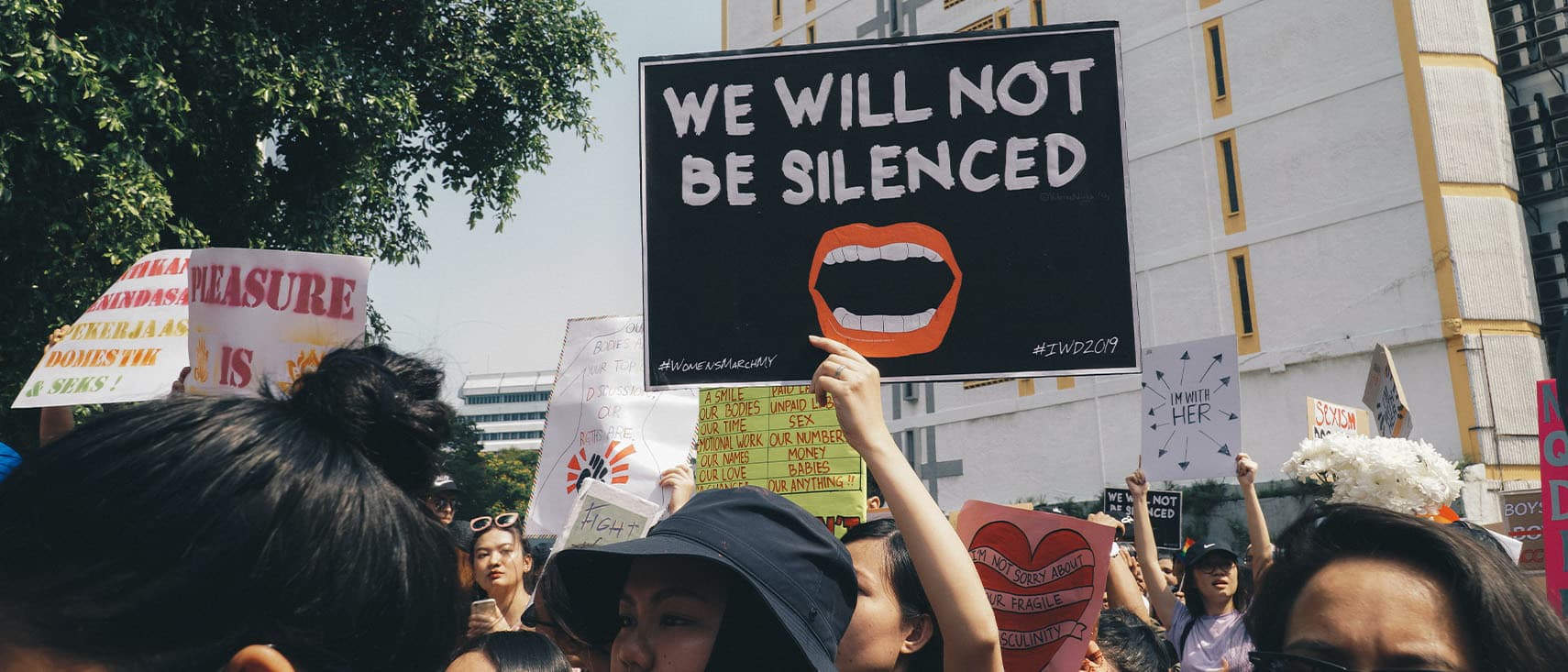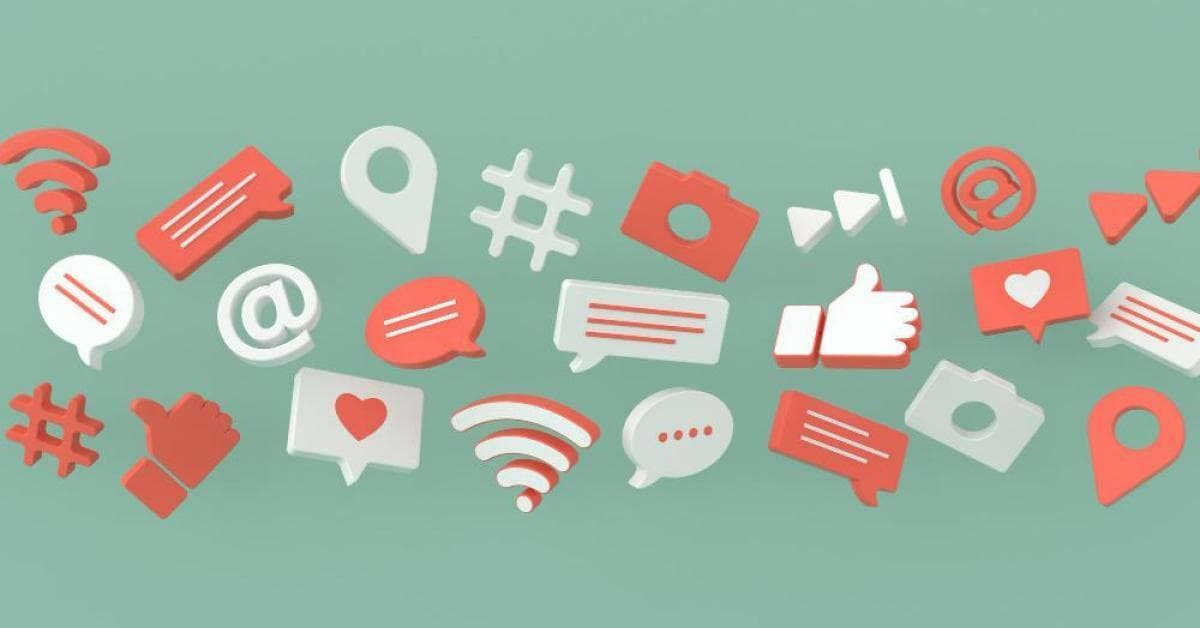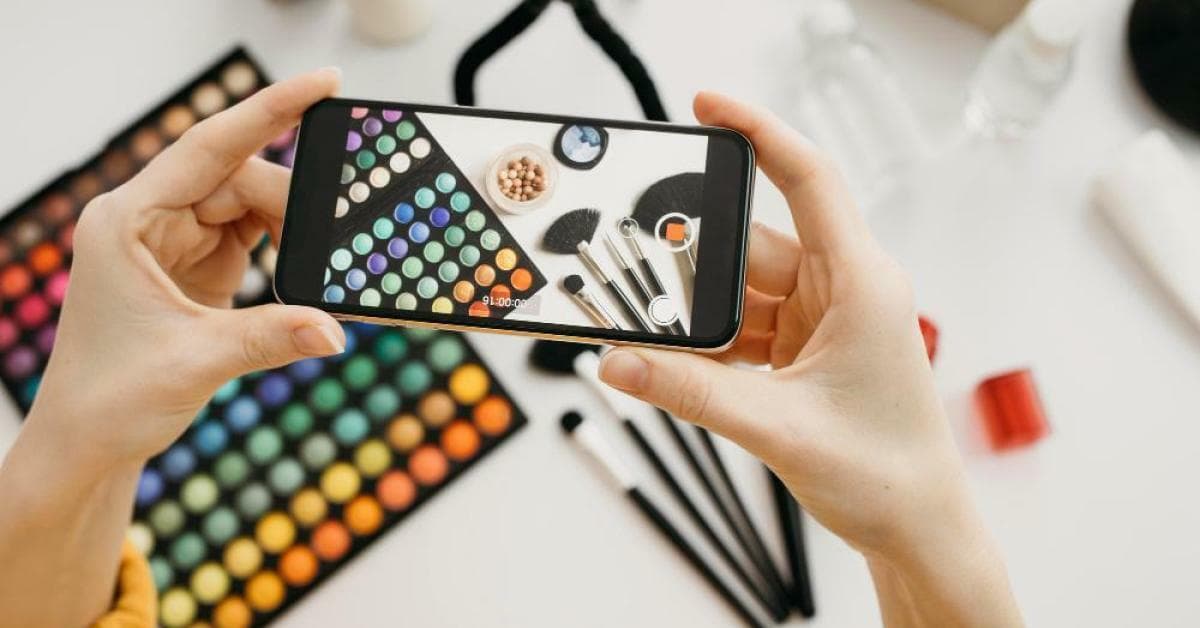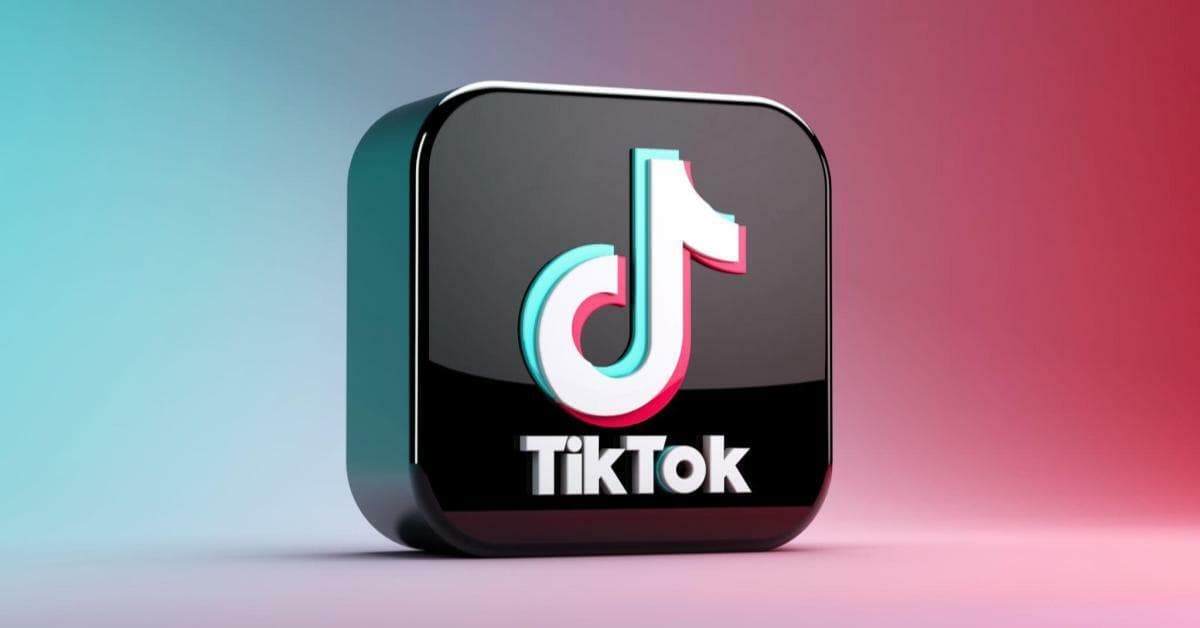Tips for Marketing in the #MeToo Era


Most marketers understand the significance of women’s purchasing power. The fact that women drive 70-80% of all consumer purchasing doesn’t come as a surprise. But in the wake of the #TimesUp and #MeToo movements, strategies for marketing to women are under the microscope. Consumers reject the antiquated approach many brands historically take in their efforts to engage women; they demand a realistic message and a brand culture to match it. As the movement progresses, here are some important things to keep in mind as you market to women in the MeToo age.
Sex doesn’t sell
Contrary to popular belief, for most women, sex doesn’t sell. Whether it’s at an event or on a screen, MeToo consumers don’t want to see models, but rather role models. They crave authentic representations of themselves when it comes to marketing; content and experiences that showcase realistic, inspiring, everyday women. In fact, research finds female consumers are particularly interested in seeing women in traditionally male-dominated fields, like science and engineering. Bottom line: if it’s not relatable, it’s not going to resonate.
Messaging and culture must align
Businesses that tout women’s empowerment, but, don’t have the company culture to match, lose their credibility. A few years ago, Nike’s CEO expresses that women are crucial to its growth, and projects its $50 billion 2020 sales target is dependent on female consumers. But the goal is pushed to 2022 as Nike grapples with the repercussions of promoting itself as a champion of women while its nine-member executive team includes only two women, both of whom hold traditional female roles, rather than operational ones. Regardless of how Nike advertises itself to consumers, its lack of female representation among its decision-makers illustrates how the brand’s culture is inconsistent with its messaging.
Understanding your audience is paramount
It may sound obvious, but, a deep understanding of what make’s female consumers tick is paramount to creating meaningful campaigns that resonate. Belvedere Vodka, for example, relies on three guiding principles in all of its campaigns including “know your audience.”
“Internally at Belvedere, we have the benefit of a diverse team. We’re a good example of a team in the Moët Hennessey space that truly has a broad perspective,” says Anu Rao, global director-communications at Belvedere. “The conversation isn’t just about women. It’s about women of color, people who identify as women and everything in between. Not having a knowledge of those groups and viewpoints will lead to disastrous marketing. We have to understand the conversations that we’re trying to be a part of.”
Technology can be sexist
To make progress in efforts to authentically connect with women, marketers must ensure that all aspects of their campaigns are unbiased—including technology. The topic is addressed at this year’s Mobile World Congress in Barcelona, where presenters discuss the possibility of artificial intelligence emulating human bias, including sexism.
At the event, Julie Woods-Moss, chief innovation officer at telecom brand Tata Communications, explains that in order to avoid replicating sexism in AI, a vast amount of human-led data is needed. According to Woods-Moss, there should be ways to “consciously look for this bias—for instance if you start seeing patterns that say ‘man is the doctor’ or ‘woman is the nurse.’” The sexist AI issue is not quite solved yet, but as technology continues to advance, smart marketers can do their part and eliminate gender bias in their campaigns.
Ultimately, marketers are obligated to offer more than an empowering tagline or perfectly manicured brand ambassadors to connect with women in this MeToo era. Today’s consumers see through shallow campaigns and tactics. Companies engaging women should dig deeper to genuinely understand and inspire their female target. The fact is, for disingenuous marketing, #TimesUp!


